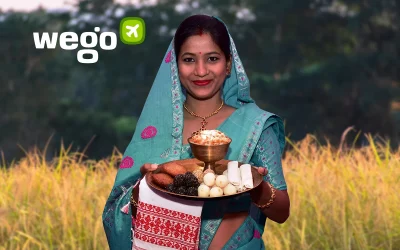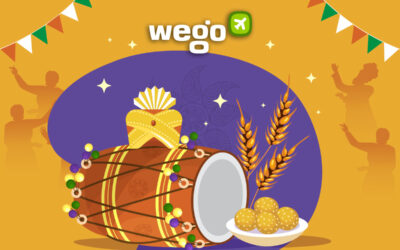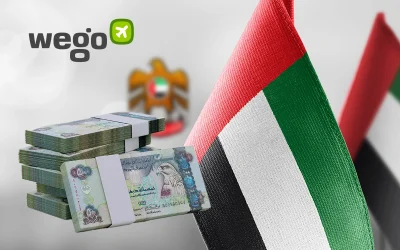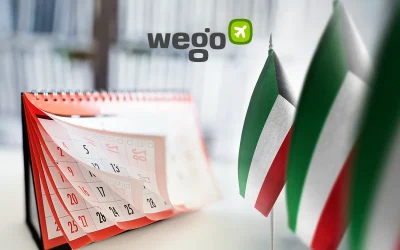Lohri is one of the most widely celebrated festivals in Northern India, predominantly by Sikhs and Hindus. The festival is said to be the harbinger of the harvesting time of winter crops and is welcomed with great pomp and show, with vibrantly-dressed locals singing and dancing the folk songs with high spirits.
Are you excited to welcome the vibrant festival? Read along with Wego to learn more about celebrating Lohri in 2025.
When and where is it happening?
Lohri falls on Monday, 13 January 2025. It is linked to the Bikrami calendar, so the date remains the same year to year.
Originally, it used to be celebrated on the night just before the Winter Solstice, but as of recent times, the festivities are held on the day before Makar Sankranti, after the sun goes down.
Though the entire Northern part of India gears up for Lohri, Punjab, Haryana, and Delhi are the nexus. Cities like Ludhiana, Amritsar, Patiala, Jalandhar, and Chandigarh usher in the festival with tremendous gaiety.
History of the festival
Lohri celebrates the end of the summer solstice and the beginning of longer days during the winter.
Folklore associates the festival with different legends. According to one folk tale, Lohri was the surviving sister of Holika, a demon who was burnt to death. Another story traces the festival back to Dulla Bhatti, a Robinhood-like character, who used to rob the Mughals to give money to the poor and needy.
The exact origin of Lohri remains uncertain even in the royal accounts of the festival.
Traditional celebrations
Sacred bonfires

Image © Pixabay
Traditionally, Lohri is celebrated with a huge bonfire being lit in the communal area with wood brought from the neighbouring forests or farms. People gather together and walk around the holy fire, throwing in puffed rice, peanuts, rice, and sweets as an offering to the deity, and singing the sacred songs. This ritual of puja parikrama concludes when every member of the family completes circling the fire. Afterwards, prasad like jaggery, revri, gajak, and phuliya is distributed amongst loved ones.
Many devotees even visit the Golden Temple in Amritsar to seek blessings on this auspicious day.
Music and dances
No Punjabi festival is complete without a lively show of Bhangra. Colorfully-dressed up men dance energetically to the tunes of dholaks, algozeys, and other traditional instruments. Women, decked up in festive attires and jewelry, perform Gidda – the feminine counterpart of Bhangra. The catchy upbeat music is sure to tempt you to join the locals in shaking a leg, even if you aren’t fluent in these dances.
Dance shows and performances are usually held at public places like Qila Gobindgarh in Amritsar, Heavenly Palace in Ludhiana, as well as various universities and colleges. Many star hotels also organize such programs for their guests to get an insight into the local culture. However, amidst the coronavirus pandemic, such programs may not be possible this year.
Spirited kite-flying

Flying kites is another indispensable part of the Lohri festivities. The rationale behind this is said to be soaking up all the Vitamin-D in the sunlight. The pleasantly blue January skies are dotted with vividly colored and diversely shaped kite sails, zigzagging across with the cool breezes. Participate in the high-spirited competitions and try your hand at the spool.
A delectable spread of food
Almost every Indian festival has its own special treats and sweets, and so does Lohri. The traditional Punjabi dish of Sarson da saag of mustard leaves enriched with homemade butter, and served with Makki ki roti hot from the pan, will be a delight to your taste buds. The popular dahi bhalla chaat will leave your palate tingling for more. Finish your meal on a sweet note with the humble, but finger-licking tasty Atta laddus and Gur gajak.













